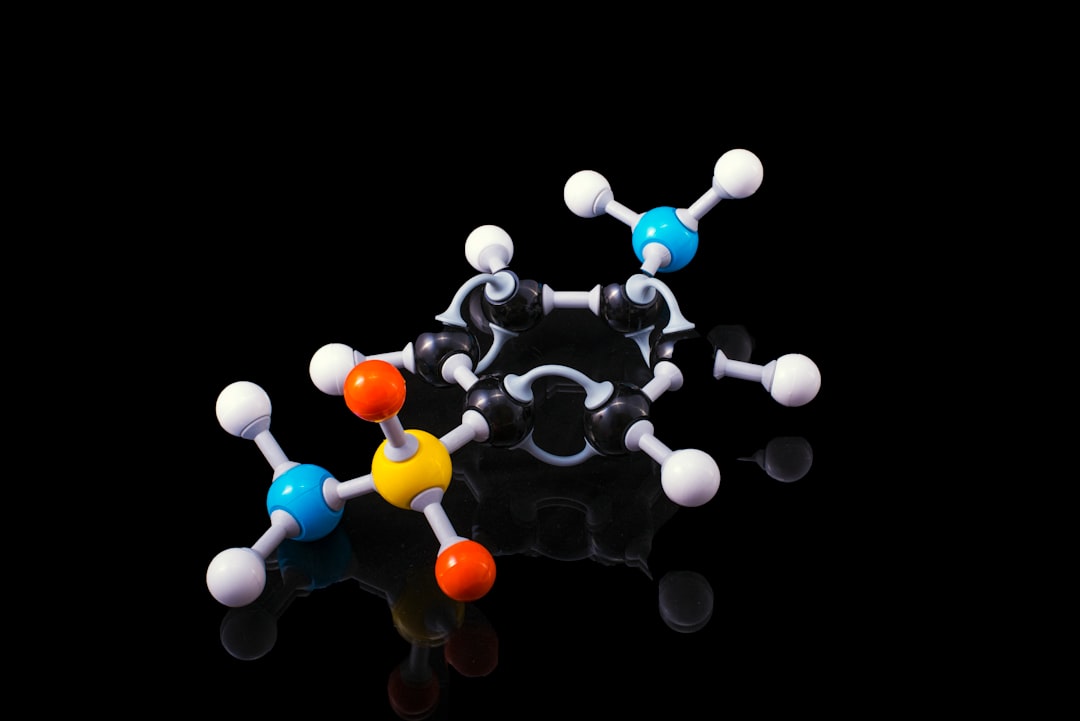What is it about?
Adrenalin-like compounds (epinephrine, norepinephrine and dopamine, as well as asthma-treatment drugs such as albuterol and heart-disease drugs such as beta blockers) are used to treat a very wide range of human diseases. We have found that combining these adrenalin-like drugs with other compounds such as vitamin C, morphine, and the morphine antagonist naloxone, results in enhancement of the adrenalin-like drugs. This improved activity has many clinical uses ranging from treating colds to improving pain management.
Featured Image

Photo by Diana Polekhina on Unsplash
Why is it important?
The enhancement we observe means that the same adrenalin-like activity of a drug can be achieved at ten-fold lower doses and yet extend the time period the drug remains active. This enhanced activity therefore lowers the side-effects associated with the drugs while improving their efficacy. Additionally, the enhancement also reduces the rebound effect that is often associated with using these drugs too frequently, resulting in the need to use higher and higher doses. Thus, asthma, cold and heart disease drugs can achieve better activity with lower doses and side effects.
Perspectives
This publication provides a general model for the development of adrenergic drug enhancers of very wide applicability. Such enhancement is easily implemented in drugs delivered directly to a tissue such as nasal congestion medications and asthma medications and can be achieved by simply mixing them with the enhancer (e.g., vitamin C or naloxone).
Professor Robert Root-Bernstein
Michigan State University
Read the Original
This page is a summary of: A Common Molecular Motif Characterizes Extracellular Allosteric Enhancers of GPCR Aminergic Receptors and Suggests Enhancer Mechanism of Action, Current Medicinal Chemistry, August 2014, Bentham Science Publishers,
DOI: 10.2174/0929867321666140826120604.
You can read the full text:
Contributors
The following have contributed to this page










